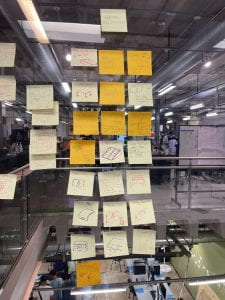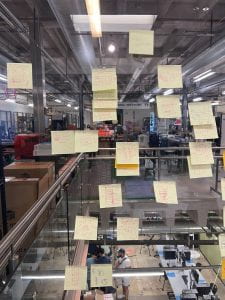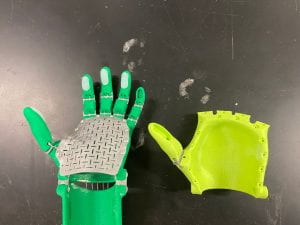Two weeks of elaborate team discussions, interviews, and a bazillion sketches later, we have finally concluded the first round of brainstorming for our station. This week, we got to meet with Ms. Betsy Asma to further discuss the clinical needs of our devices. As we thought about our design, there were debates on the portability of the station. While it is more convenient for the station to be portable, we would risk the trade off of things going missing. After deliberate discussions, we came to a compromise with certain parts of the station being mobile, such as the potential for an additional cart. We also had an interview with Dr. Phillip Kortum regarding usability and human factors, which are extremely important to consider in our design. He really honed in on the need for simplicity and universality that can overcome even language barriers. In our interview with Vanessa Garlepp, a past intern with experiences in multiple past projects that had elements relevant to our design, we learned more about the circuitry of the safety feature for UVC usage, and also uninterrupted power supply as a candidate for our backup battery system. We also finally have the opportunity to meet with Prince, our clinical mentor, who gave us a solidified understanding of how our device will be used by the nurses, the current system in place, and other expected functions. And we finally got a picture with Jackie, our mentor!
After gathering all data from our literature research and interviews, along with the sketches, we were able to perform scoring matrices on our ideas. Our team had a lot of discussion on reframing our design criteria to better distinguish between our ideas and their efficiencies. Out of twelve full solutions, we chose to move forward with four ideas: the bucket building, the UFO, the ladder, and the cylindrical tower. They all take on different forms, so it would be very interesting to further explore the possibilities in the 3D space.
And now, for the most exciting part to come…seeing our ideas come to life with prototyping!! To be continued in next week’s blog 🙂
Thank you all again for tagging along with me on this wonderful journey this summer. Keep on doing the great things you’re doing and see you all next week!
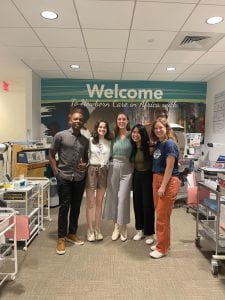
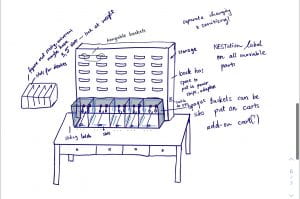
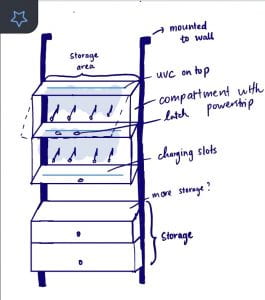
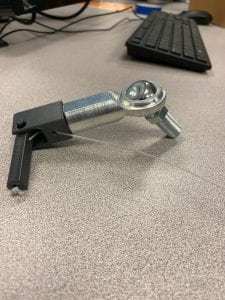 Hip and Knee Model
Hip and Knee Model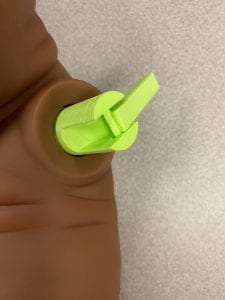 Shoulder Model
Shoulder Model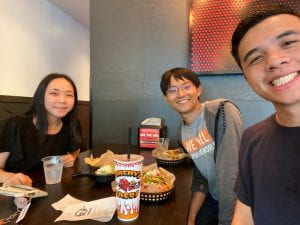 Team Dinner
Team Dinner